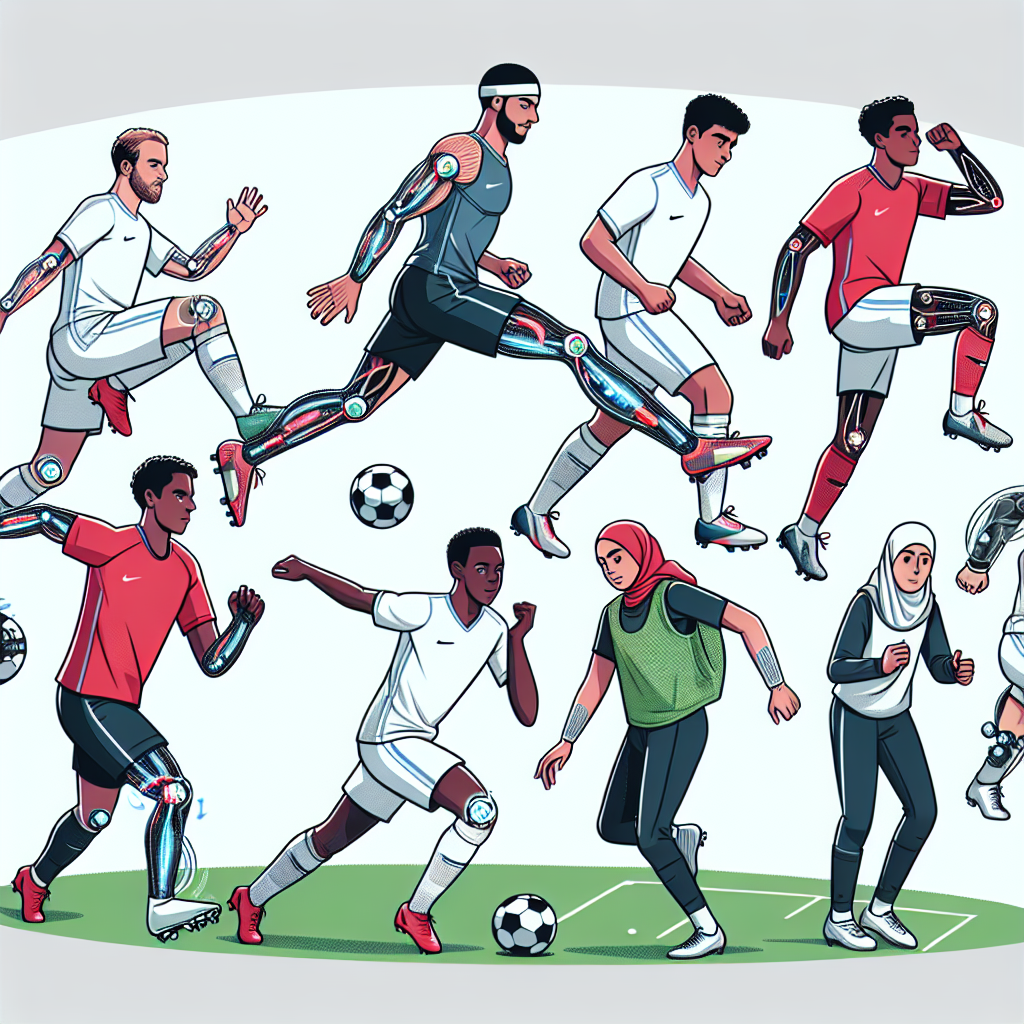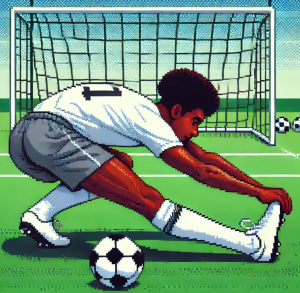
Biomechanics and Technological Innovations in Soccer: Enhancing Performance and Preventing Injuries
In high-press soccer, where split-second decisions and rapid sprints are often the determinants of success, understanding how biomechanics and technology can optimize player performance and minimize injuries is crucial. We jump into the latest findings and innovations that are shaping the future of the sport.
The Importance of Biomechanics in Soccer
Biomechanics studies the movements of the human body, and in the context of soccer, it plays a pivotal role in enhancing athletic performance and injury prevention. The application of biomechanical principles allows athletes and coaches to understand and refine movements, reduce the risk of injuries, and increase efficiency on the field.
How Biomechanics Enhances Performance
Advanced biomechanical analysis leverages technology to assess soccer players’ movements, helping them optimize their athletic output. For instance, motion capture systems can analyze running patterns, providing insights into how players can improve their speed and agility. Moreover, such analyses can help coaches tailor training programs to individual players’ needs, maximizing their potential.
The Role of Biomechanics in Injury Prevention
According to research, properly executed biomechanics can significantly lower the risk of injuries by identifying faulty mechanics that may lead to stress injuries over time. This is critical in soccer, where the physical demands are high, and injuries like ACL tears are prevalent. Technologies such as wearable sensors and biomechanical analysis are used to monitor and adjust players’ movements to prevent injuries.
Technological Innovations in Soccer
The intersection of technology and biomechanics offers tremendous potential to revolutionize soccer. One of the standout technological advancements is the development of specialized footwear that integrates biomechanical principles to improve performance and reduce injury risks.
Cutting-Edge Footwear Technology
New advances in shoe design—such as shoes that increase stiffness without sacrificing comfort—have been shown to improve performance metrics like sprint speed and jump height while also reducing injury risks. A systematic review highlights how various designs influence athletic performance and help mitigate injuries, emphasizing the importance of research and innovation in sports gear.
Wearable Technologies
Wearable devices have become invaluable in tracking players’ physical conditions and performance metrics during training and matches. These devices provide real-time data that can be used to adjust training loads, reduce injury risks, and improve recovery processes. Integrating these devices into regular training routines can aid in customizing player-specific regimens designed to enhance performance and health.
Injury Prevention!
By combining the insights from biomechanics with the latest technological advancements, soccer teams can not only improve player performance but also extend careers by reducing injury rates. As research continues to bridge the gap between scientific discovery and practical application, the future of soccer looks to be not just faster and more dynamic, but significantly safer for all athletes involved.



